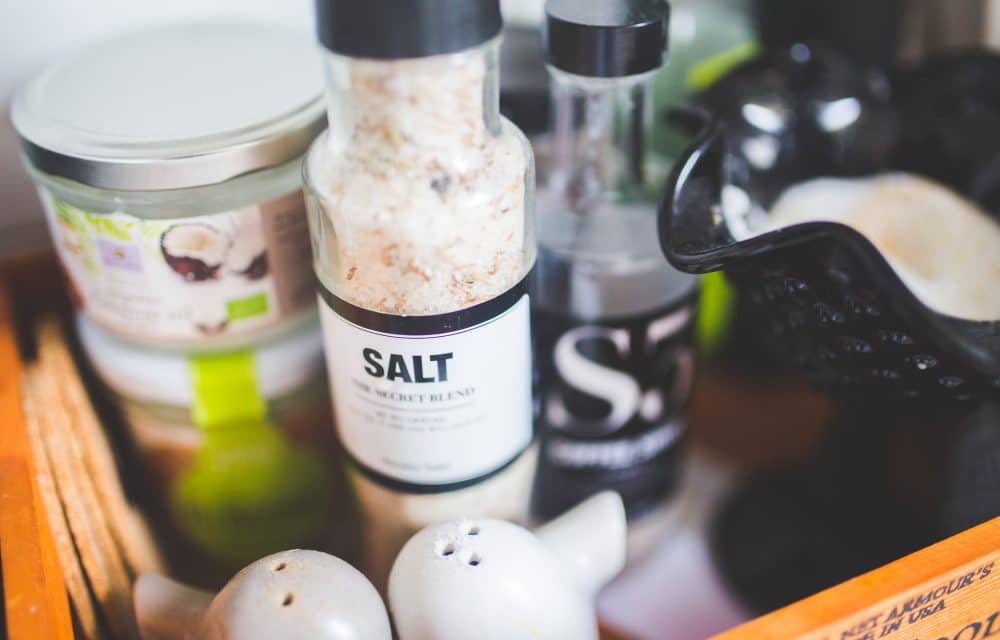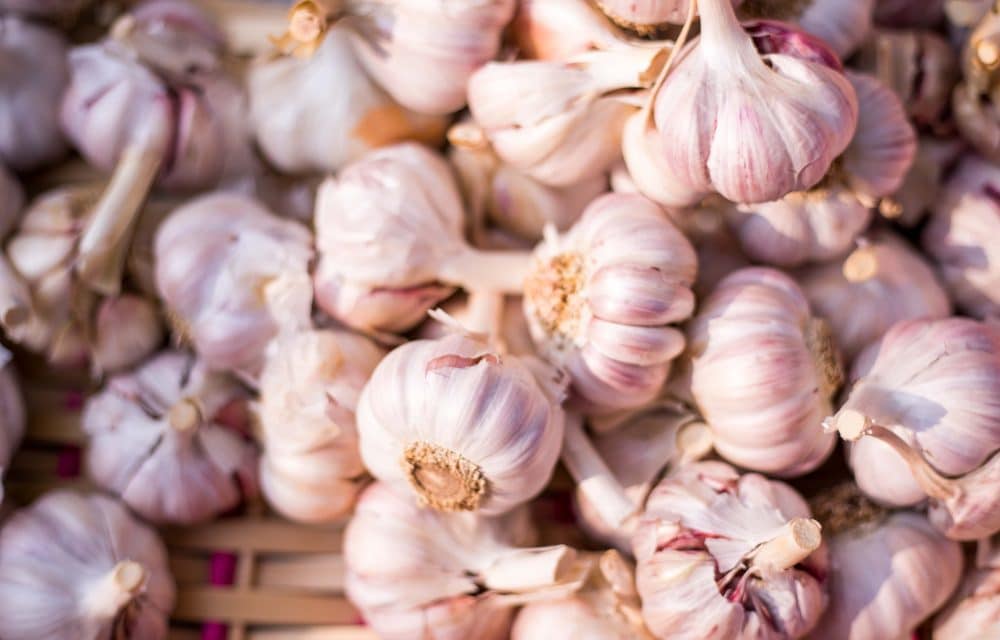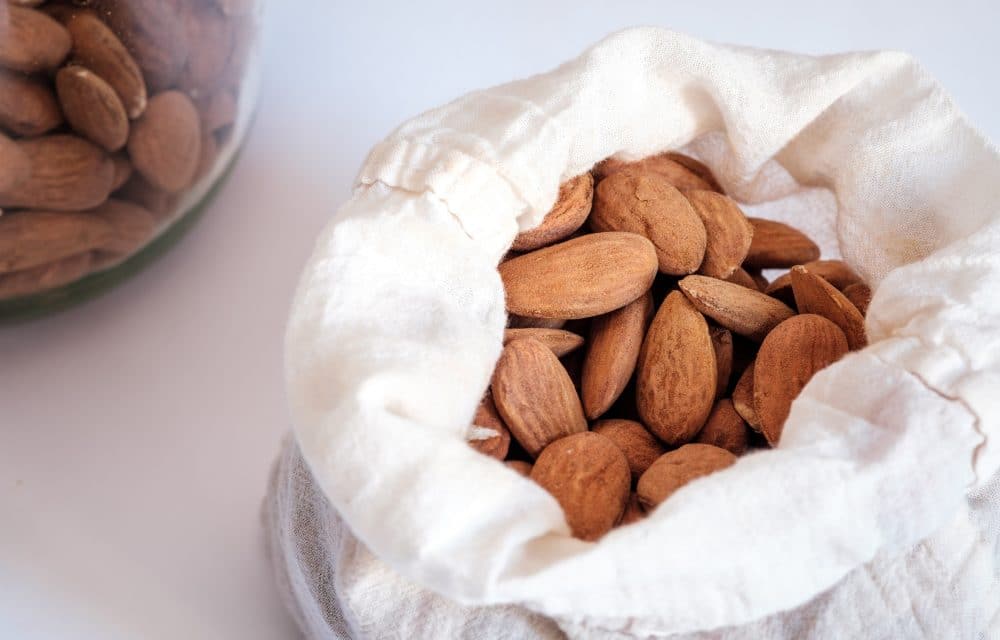How Salt Might Affect Your Weight Loss
If your resolution is to lose weight, think twice about grabbing that salt shaker at every meal. It can affect your goal of weight loss. Most people realize that consuming too much salt can cause water retention, which makes you weigh more. Salt’s chemical composition is sodium and chloride—NaCl. Sodium regulates the balance of water in the body. If you are dehydrated, it causes the water/sodium content to be out of balance. You need more water to regain that balance and dilute the sodium content. Your body hoards the fluid, causing edema, bloating and weight gain. That’s temporary, but there’s another way that too much salt can cause weight gain that is more permanent.
Salt is one spice that doesn’t make you feel fuller.
Some spices add flavor and can add to that full feeling you get after a meal. Salt isn’t one of them. Salt not only can potentially cause your blood pressure to rise, but it can also cause a more permanent type of problem. Scientific studies show that people who eat more salt on their food actually drink less water, but they did one more thing. They ate more. The more salt the people used, the higher their intake of food, which led to permanent weight gain.
Preparing for space travel brings research in other areas.
Many discoveries were made during the space race. Scratch-resistant lenses, artificial limbs, the insulin pump, LASIK surgery, solar cells, water filtration, invisible braces, freeze-dried food, phones with cameras, CAT scans, memory foam, portable computers, LEDs, the computer mouse and many other things we take for granted came from the space race. Testing dietary theories we use today was also part of the preparation. One study focused on how salt affected the body. The Russian cosmonauts-in-training ate a consistent diet, but then the diet was changed. The only change that was made was the amount of salt, doubling the recommended amount to 12 grams. After weeks on the high salt diet, the salt was reduced to 9 grams, then finally to the normal 6 grams a day.
The results of the experiment were very telling.
The Russian study also followed levels of hunger, while adjusting the levels of salt. When the salt level was high, the cosmonauts-in-training were constantly hungry. As the amount of salt was reduced, so was the hunger level. Other studies back that hypothesis. One Australian study linked childhood obesity to a high salt diet. Their conclusion was that the body mistook thirst for hunger or, the children satisfied the thirst with higher calorie soft drinks.
- Another Australian study found that people who ate a high salt diet tended to increase their caloric intake by approximately 11%. Was thirst mistaken for hunger or did salt make them hungrier?
- Consumption of high amounts of salt requires the body to create urea, which is important to maintain the water/sodium balance. That requires more calories, which may be why people eating salt were hungrier.
- Even if salt doesn’t cause you to feel hungrier, consuming too much salt isn’t healthy for a number of reasons. It’s associated with stomach cancer, high blood pressure and heart disease.
- The sodium and chloride in salt play an important role in the body. It helps regulate nerve function, muscle contraction, blood pressure and fluid balance. A sensitivity to salt may cause a higher potential for blood pressure problems.
For more information, contact us today at Body Sculptors Personal Training

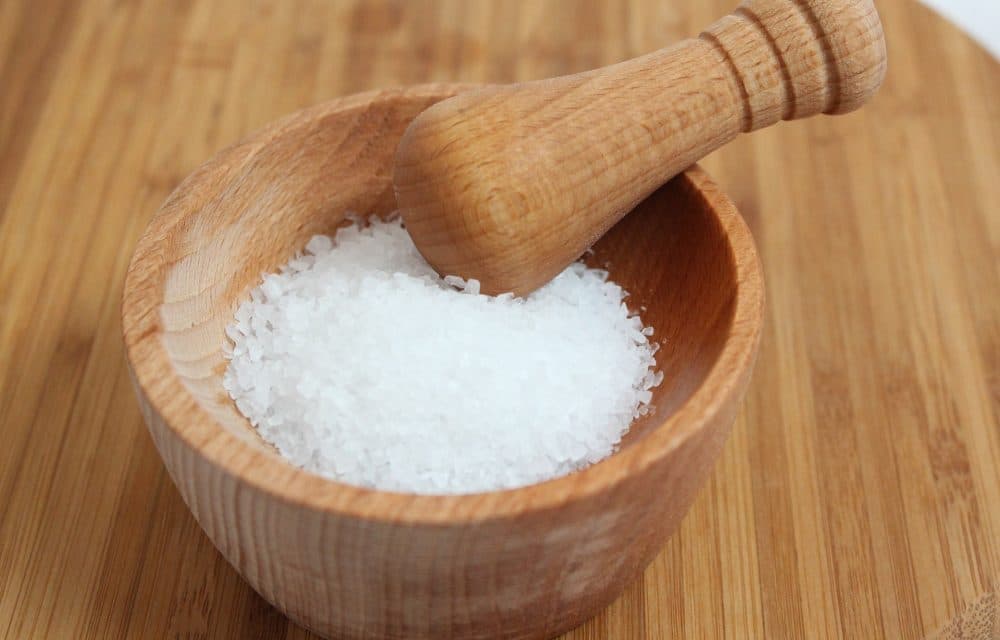
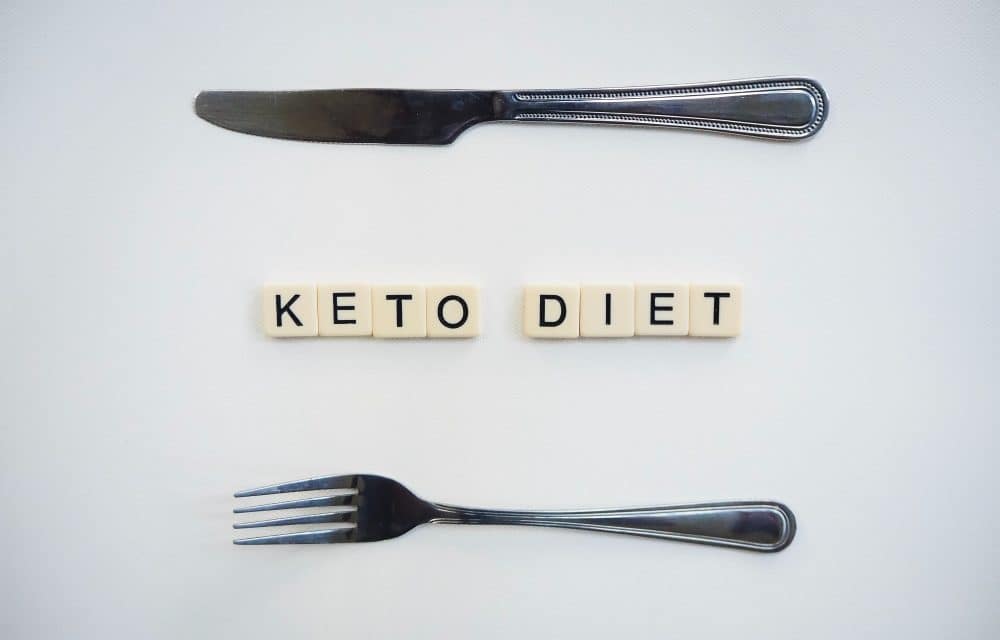
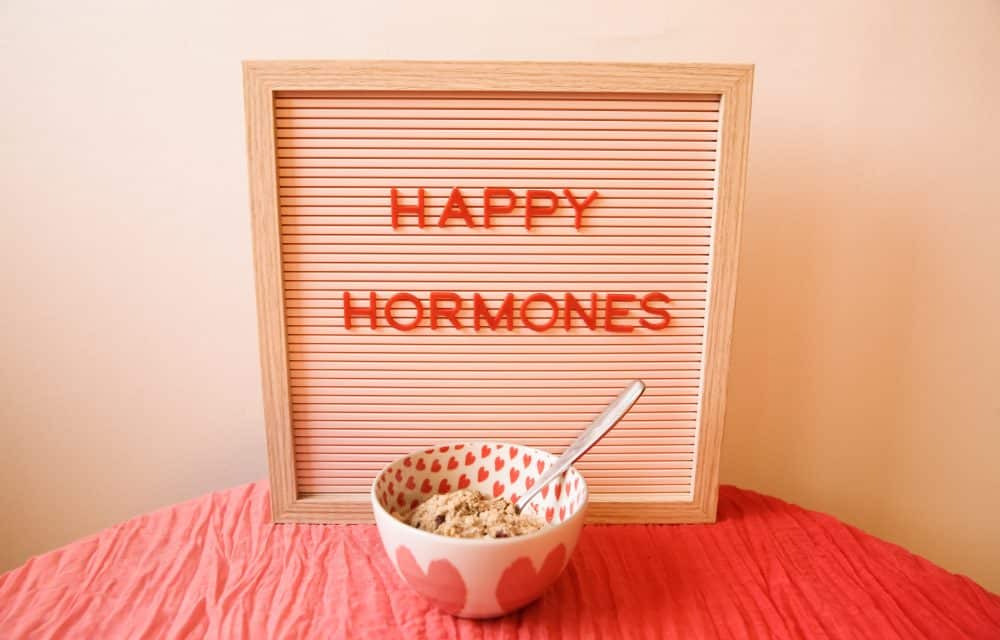

 It’s January and that means all those New Year’s resolutions have started. By now, many have also ended. I see it in Louisville, KY, people start a fitness regimen as a beginner and just can’t stay motivated. You can arm yourself with ammunition to help improve your chances of success. It all starts with setting a specific goal that you can measure. It makes the goal more exciting when you know if you’re coming closer and you can redirect if you’re not. Set a goal, make it specific and have a way to measure it.
It’s January and that means all those New Year’s resolutions have started. By now, many have also ended. I see it in Louisville, KY, people start a fitness regimen as a beginner and just can’t stay motivated. You can arm yourself with ammunition to help improve your chances of success. It all starts with setting a specific goal that you can measure. It makes the goal more exciting when you know if you’re coming closer and you can redirect if you’re not. Set a goal, make it specific and have a way to measure it.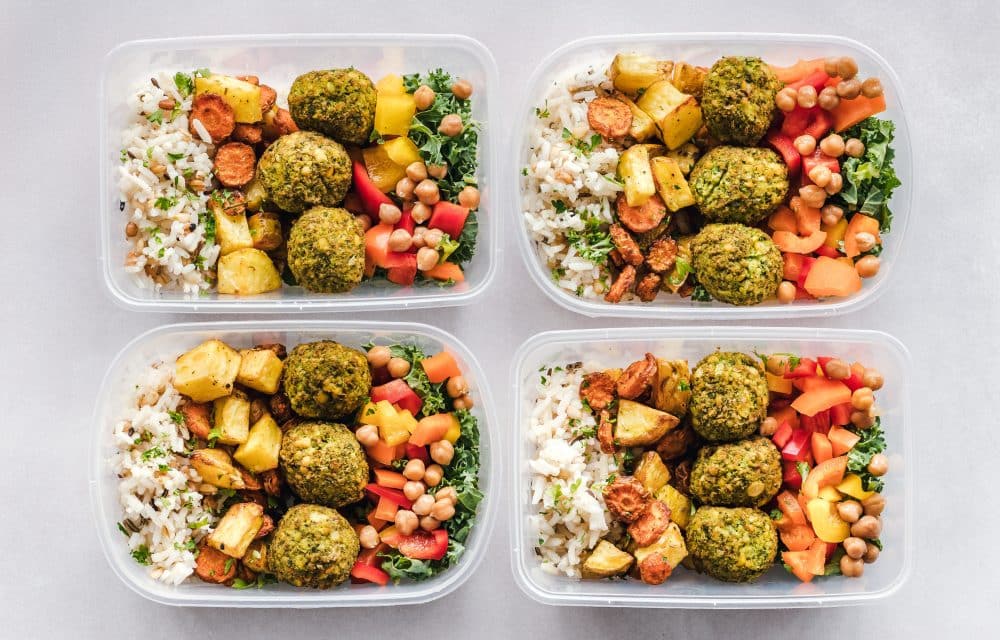
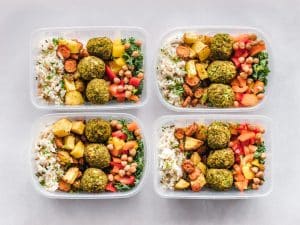 I hear it all the time. Clients who want to lose weight, boost their health or increase their energy level, come to me and say they’re struggling. I tell them to do meal planning. Within a week or so, they’re back saying it’s just too hard to meal plan but did notice it was easier to stick with a regimen of healthy eating when they did. What can you do to make meal planning easier? You can do several things to make meal planning easier and more successful.
I hear it all the time. Clients who want to lose weight, boost their health or increase their energy level, come to me and say they’re struggling. I tell them to do meal planning. Within a week or so, they’re back saying it’s just too hard to meal plan but did notice it was easier to stick with a regimen of healthy eating when they did. What can you do to make meal planning easier? You can do several things to make meal planning easier and more successful.